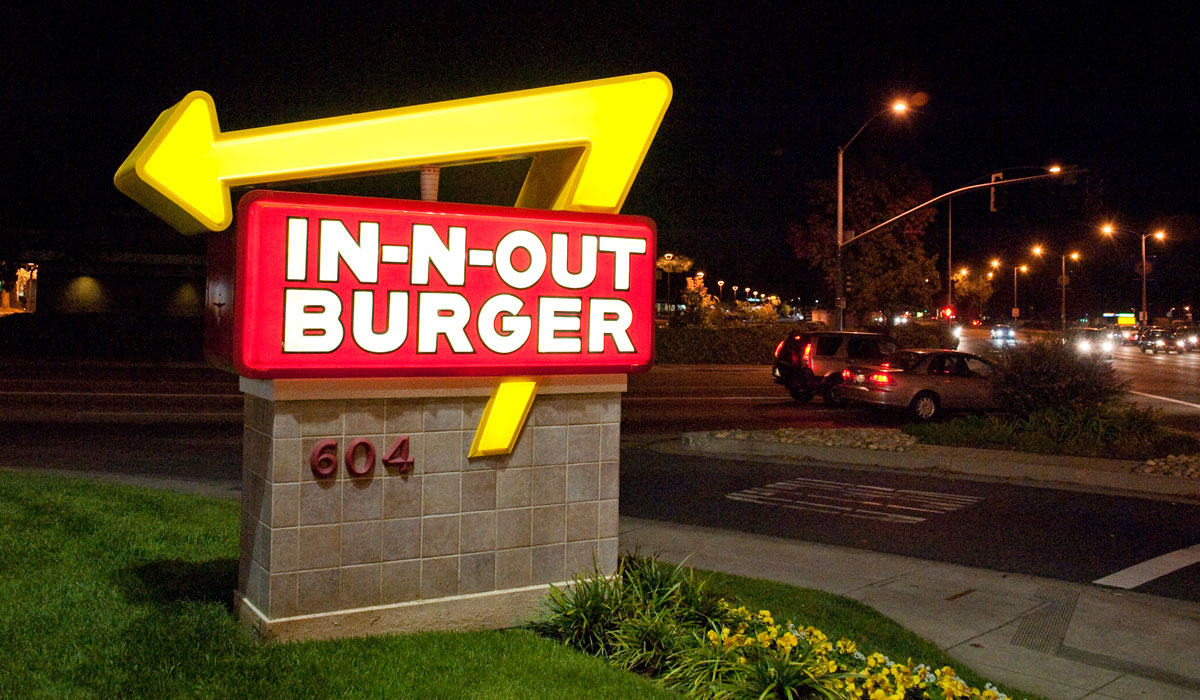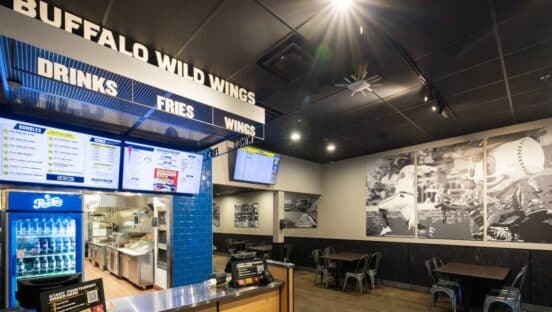The décor of a restaurant is one of the most important features of its brand. Restaurant customers recognize and value that sense of consistency across locations. Those who saw the 2016 film “The Founder” will recall how Michael Keaton’s Ray Kroc character goes to tremendous lengths to establish and maintain a consistent look among McDonald’s franchise establishments. But what is the best way to protect this substantial investment of time, money, and energy from encroachment by the competition? The answer: it simply takes an ounce of prevention.
One vehicle for protecting a restaurant’s décor is via “trade dress,” a form of intellectual property that, in this instance, refers to elements of the restaurant’s design. Examples include: P.F. Chang’s oversized horse statues positioned in front of each restaurant; In-N-Out’s interior layout, including its red, white, and silver color scheme; Mendocino Farms’ blue-spotted cow; and Steak n Shake’s exterior.
Most companies know it is important to federally register the trademarks they use, such as the name of their products or services, and their logos. Standard character and logo marks comprise the vast majority of the millions of registrations on the federal trademark register. While “trade dress” could be federally registered, few companies have historically taken advantage of this protection.
At one time, some courts required far more to establish trade dress rights than trademark rights. But in 1991, the Supreme Court case of Two Pesos v. Taco Cabana held that inherently distinctive trade dress of a restaurant is entitled to protection just like a trademark. Two Pesos’ inherently distinctive décor consisted of a festive eating atmosphere, festive and vivid exterior color scheme, bright awnings, bright colors throughout, and use of artifact decorations and murals. The Supreme Court also confirmed that trade dress lacking inherent distinctiveness is still entitled to protection upon proof that consumers have now come to associate it with the company—something called “acquired distinctiveness.” Acquired distinctiveness is when customers have come to recognize the décor as a source indicator for the restaurant—for example, when customers see giant horses in front of a restaurant, they know it is a P.F. Chang’s.
Many industries since that time have picked up the pace on trade dress registrations. However, the restaurant industry has not Not many registrations exist for trade dress protection related to restaurant services. This is despite the largest 500 restaurant chains driving $521.9 billion in sales in 2016, according to the annual Top 500 Chain Restaurant Report. Moreover, most of these registrations are on the less-beneficial supplemental register. Only a few of the restaurant trade dress registrations have made it on to the principal register without showing acquired distinctiveness, like the Mendocino Farms example. Even less are principal registrations issued based on the acquired distinctiveness of the particular restaurant feature, like the P.F. Chang’s, In-N-Out, and Steak n Shake examples.
So what can a restaurant do to protect its décor?
Generally, even if a restaurant is relatively new, it should apply to register its trade dress on the USPTO’s principal register. The USPTO may agree the trade dress is inherently distinctive. If not, a more established restaurant may still be able to provide sufficient evidence of acquired distinctiveness. With a principal registration, the restaurant gets presumptive nationwide protection and ownership of the trade dress. It also has access to enhanced remedies against infringers, including statutory damages and automatic trebling of awards in certain instances.
And if the USPTO insists the trade dress is not yet distinctive, the restaurant can simply move the application over to the supplemental register. The supplemental registration will still impede competitors from registering similar trade dress going forward and will provide notice of the restaurant’s trade dress to competitors conducting clearance searches. Further, down the road when the restaurant can show “acquired distinctiveness,” restaurants can then apply to have their trade dress put on the principal register.
Acquired distinctiveness can be shown with examples of advertising, financial data related to such promotion, statements from others, and other evidence demonstrating consumer recognition of the trade dress. It is a good idea to keep a contemporary file of news clippings, press releases, and customer comments pertaining to the trade dress—evidence that could be used to show acquired distinctiveness.
Failing to reapply for trade dress on the principal register is an easy step to miss. For example, McDonald’s has registrations that have remained solely on the supplemental register for more than a decade.
Restaurants invest heavily in their décor; protecting those rights ahead of time will make it much easier to shut down copycat establishments whom try and steal that décor.












